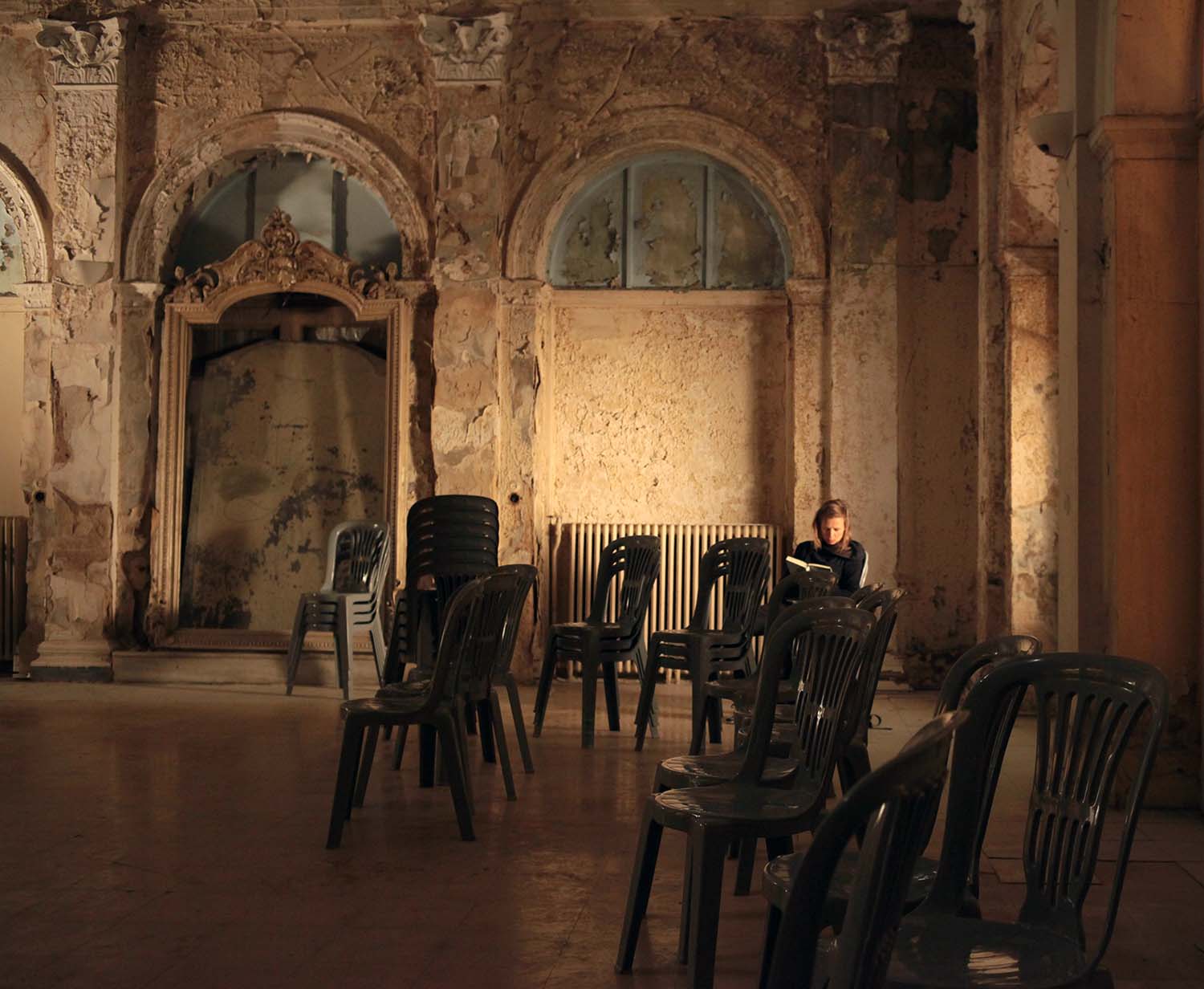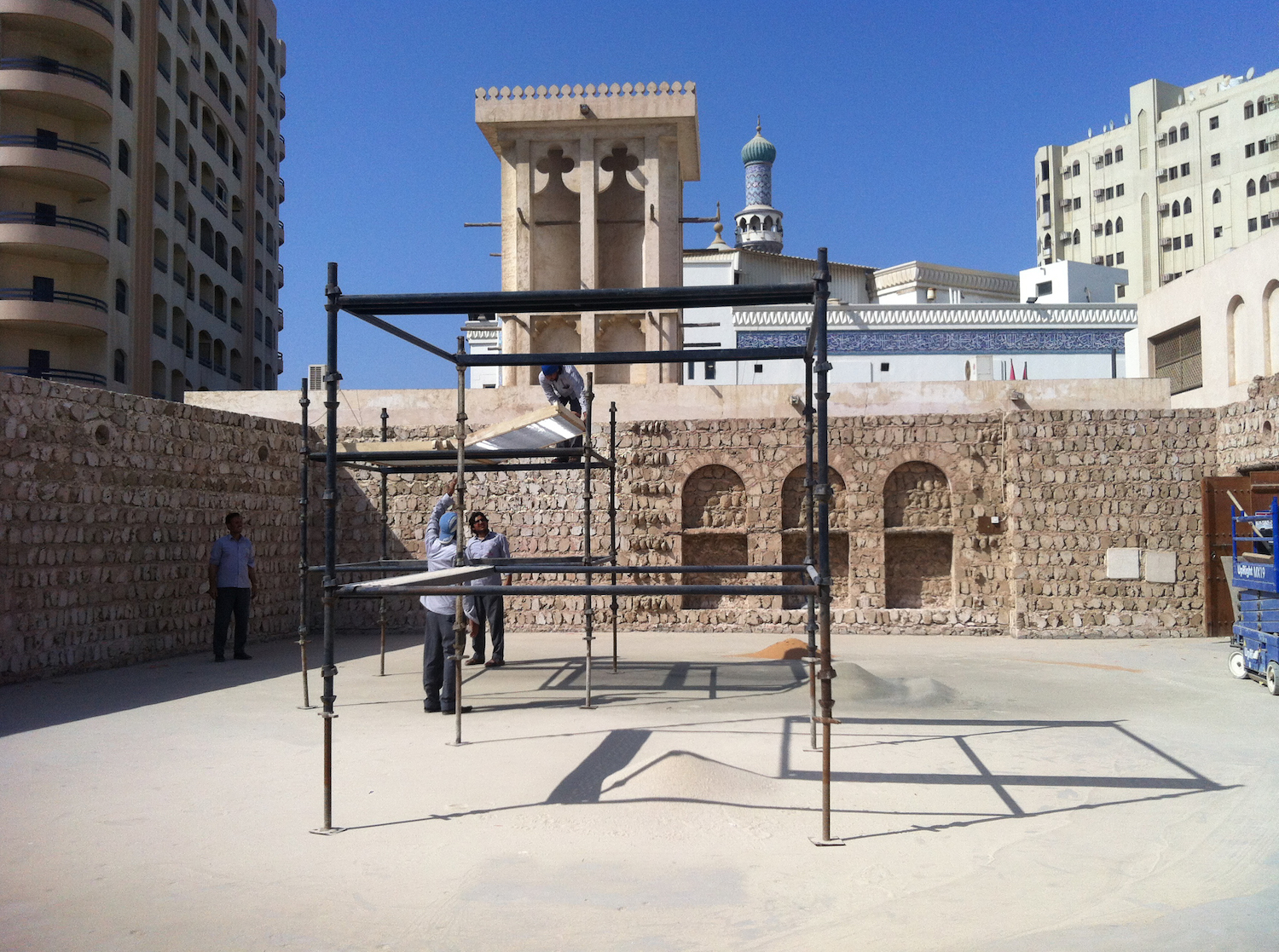Speaking about the Americas in the context of contemporary art is complex and problematic when geography does not necessitate a shared identity, but rather the diversity within this identity; asking any curator, historian or artist to conceive of a project that pulls the Americas together in discussion is a near impossibly ambitious task. The city of Denver, however, has taken on this challenge.
The Biennial of the Americas was founded in 2010 with the intention of exploring global issues through action and discussion, while also opening the city of Denver to actively participate in critical thinking and debate. Now in its third iteration, curated by Lauren Wright, this year’s theme is “NOW!” — a single word to shift the focus onto issues that define the current reality throughout the Americas. This time Mexico City played an important role, an obvious choice since the cosmopolitan city center has been gaining increasing notoriety within the art world internationally. This biennial was about paying attention to current and real circumstances, both divergent, connective and everywhere in between.
One such connection was the inaugural Biennial Ambassadors Residency program and the subsequent exhibition “Vis-à-Vis.” In the spirit of fostering connections between Denver and other cities in the Americas, a small residency program was created between the non-profit institutions ArtPlant and SOMA, of Denver and Mexico City respectively. Out of the program four artists were chosen, two from each corresponding city, to trade places and live in the partner city for ten weeks while selecting and producing individual projects for exhibition as part of the Biennial. The artists acted as cultural ambassadors, were encouraged to actively integrate themselves with the art worlds in both cities, and documented their time week by week on a public blog.
In Denver, what I saw were the clear results of displacements and contradictions that occur when an artist is completely removed from the comfort zone and plopped into a totally unexpected environment. Specifically in the context of a discussion between the Americas, the resulting exhibition proved to be the physical embodiment of the theoretical framework that surrounded the entire biennial itself.
Walking through the exhibition with curators Carla Herrera-Prats and Adam Gildar, the resulting conversation proved a level of mentorship and guidance that allowed the artists to retain their own individual voices while placing them in a collective exhibition. I also learned of the importance placed on process: immersion in each city was as important as the creation of each of the final projects. Thus, the resulting exhibition is a strong confluence of the four artistic voices that ebb and flow through each of the projects as well as individually. There was also an energy of accomplishment in the room. It was clear each of the artists had carefully considered each of their decisions throughout every step of the process.
Painter Melissa Furness produced an impressive three hundred paintings that serve as an anecdotal narrative — both conceptually and literally — of her time in Mexico City. The paintings are exhibited as a large mound, acting as a monument to the experience, the passing of time, and the narrative of a personal experience — a confusing tangle representing the life of a foreigner living in a confusing city. Multi-media artist Cristobal Gracia employed a variety of media to produce a smart piece that exposes ideology and the differing contexts surrounding a specific public sculpture by Herbert Bayer. Almost identical iterations exist in both Denver and Mexico City; the Mexico version, however, was created during the highly polemical year of 1968 and acts as a historical reminder of the failed state of modernism, massacre and general political unrest during the time of its creation. In Denver it is endearingly dubbed “The French Fry Stack.” It holds no polemical weight, and resides in an empty parking lot. Gracia’s installation explores the cultural contexts and histories of both cities, while Daniel Monroy Cuevas’s video installation, shot in an abandoned drive-in movie theater, metaphorically explores the spaces between the changing landscapes in an area that was once the U.S./Mexico Border. Indeed, both monumentality and space are recurring themes in the exhibition, and the site-specific installation by Matt Scobey fits poetically into this narrative. A collection of over 3,000 talavera tiles hand-crafted by the artist himself sit quietly along four walls and wrap around two corners in opposite ends of the gallery space. Meticulously fabricated and visibly undergoing a process of decay instigated by the artist, the tiles are reflective of areas of decay in Mexico City itself while they simultaneously respond to the physical gallery space in Denver, acting as objects living somewhere between both cities.
The inauguration of the exhibition was a night of incredible camaraderie. Indeed, the Ambassadors program had achieved its goal of unifying two cities in unexpected ways, and familiar faces were spotted all over the room from Mexico City and Denver, while relationships and mentorships were rekindled and revisited. An energy was present that reflected both cities. If the main goal of the Biennial of the Americas is to foster artistic conversation and exchange, it wildly exceeded its goals with the Ambassadors Residency Program alone.



